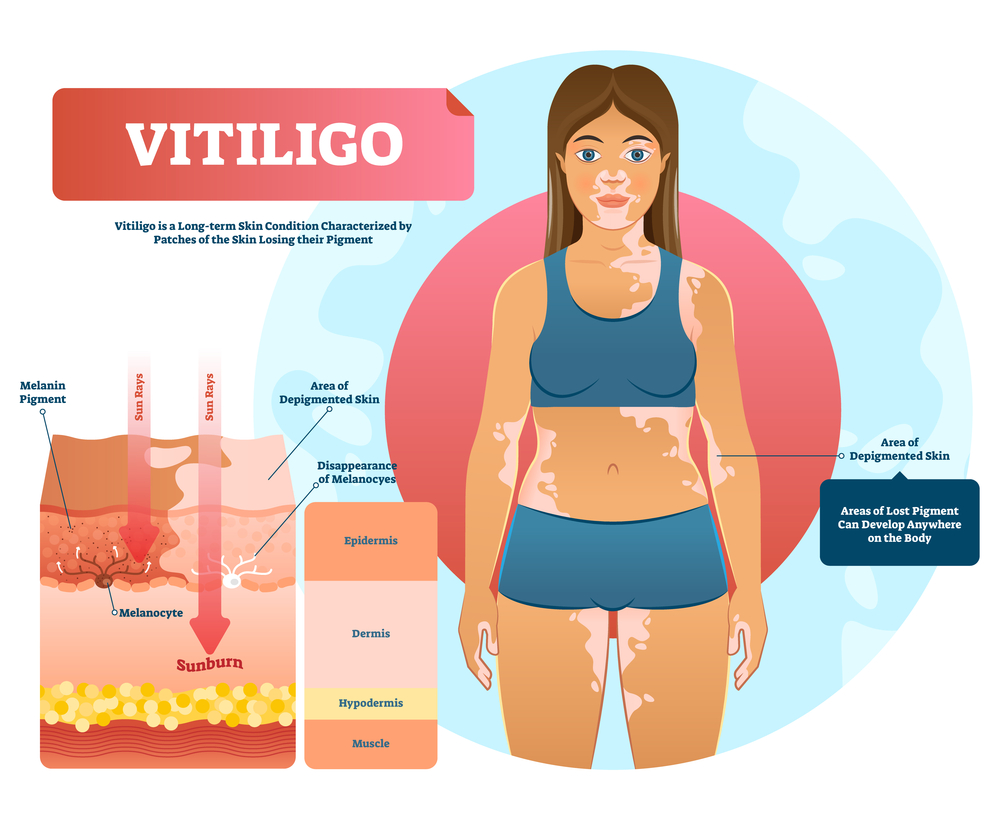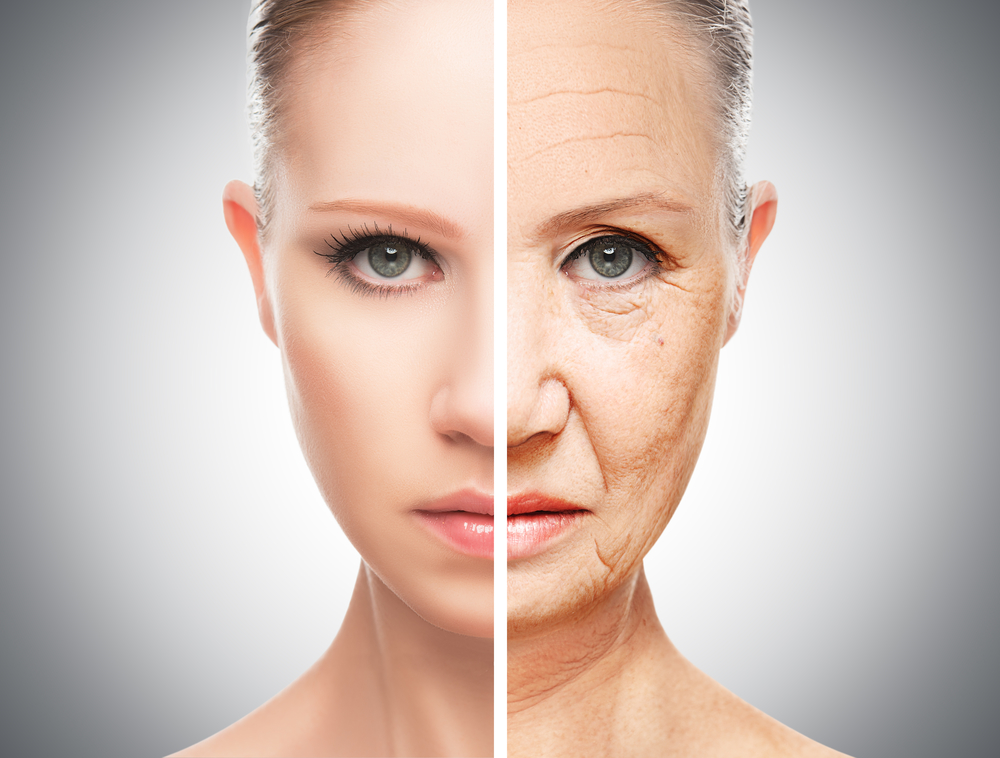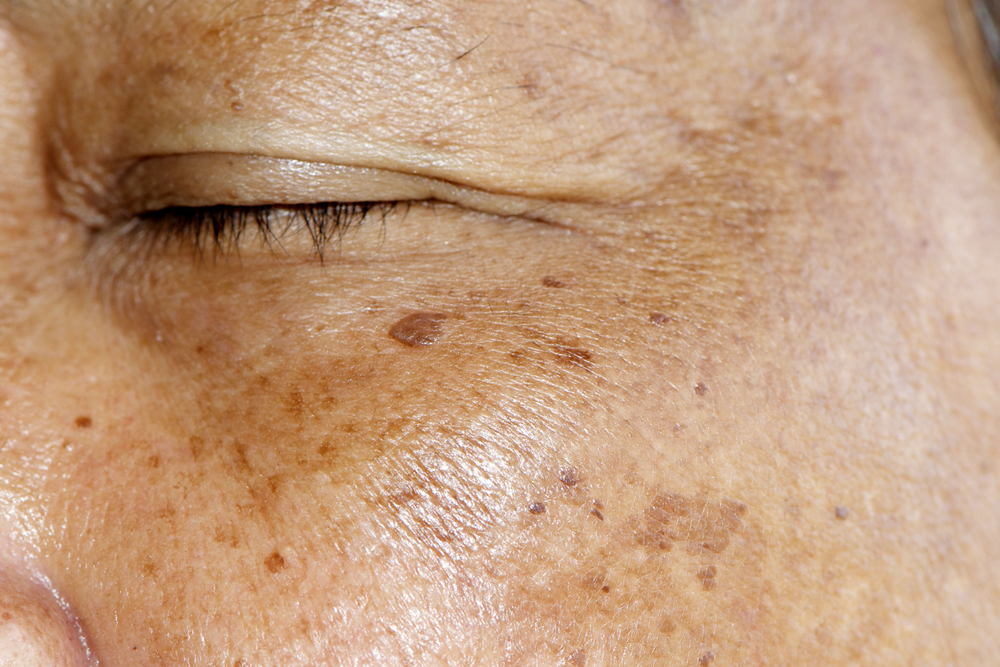Vitiligo is a skin condition where your skin loses its pigmentation cells. The cells that produce melanin or dye for your skin and hair stop working. This causes your skin to have lighter or white pigmented patches. The patches of skin affected by vitiligo, or macules, can occur on any part of the skin.
Anyone, any skin color, can develop vitiligo, but it is more visible of people with darker skin tones. This is not life threatening, but there is no cure for it. Vitiligo is not contagious.
This condition usually develops early on in life and is usually present before the age of 30.
It is unclear what causes it. Vitiligo could be brought on by an autoimmune disease, family history, stress, severe sunburn, or skin trauma.
There are different types of vitiligo.
- The most common being generalized. It is when macules appear in various places over the entire body.
- Segmental is when the macules are restricted to just one side of the body or area, such as the hands or face.
- Mucosal is when the mucous membranes of the mouth or genitals are affected.
- Focal a rare type is when the patches of white skin are in a small area and do not spread for a lengthy amount of time.
- Trichome is when the skin has three rings, a white middle followed by a lighter pigmentation, then the outer ring being normal skin tone.
- Universal is another rare type where more than 80% of your skin is affected.
Loss of pigmentation can occur anywhere on the body. Pigmentation loss may spread or increase, but there are sometimes moments of stability. Common areas that vitiligo affects are body folds such as armpits, areas exposed to the sun, around moles, around body openings, mucous membranes, eyelids, and hair. Vitiligo can cause premature whitening of hair, eyebrows, and beard. People with vitiligo are at a higher risk for sunburns, eye problems, and hearing loss. Vitiligo can also cause social or psychological distress.
Diagnosis
Vitiligo can be diagnosed through a physical exam. Your doctor may want to take a blood test. A skin biopsy may want to be done as well of one of the macule areas. In some cases your doctor will do a Wood’s lamp test. This is where they will look at your skin under a UV light.
Treatment
There is no cure for vitiligo. Nor is there a way to prevent yourself from getting this condition.
Treatment may be a combination of different things depending on what works best for the type you have, as well as how fast it is spreading. Your doctor may prescribe a corticosteroid cream. This you will rub on the macule spots on your body. It may help restore color back into your skin though it can take up to months to do so.
If your vitiligo is spreading rapidly your doctor may want you to take a corticosteroid pill or injection.
Light therapy done with a UVA light can slow or stop progression. This does not have to be done at a doctor’s office. There are options of UVA lights that can be purchased for home use. Most treatments may consist of a combination of a corticosteroid cream and light therapy.
Surgery may be an option in some cases. Surgery options are skin grafting, taking healthy skin and layering it over the top of the macules. Blister grafting is where your doctor will create blisters on your healthy skin, remove the top layer of the blisters and move them on top of the unpigmented skin. Cellular suspension transplant is when your healthy tissue is taken in combination with a solution, and then applied to your discolored skin. Surgery is usually an option if your vitiligo is small and isn’t spreading quickly. If your vitiligo is widespread over most of your body, your doctor may want to do depigmentation, or removing all pigment from your skin.
Some things you can do at home are to use makeup to cover spots of discolored skin. Wear sunscreen while you are outside, you are more at risk for sunburns. Stay away from tanning beds. Don’t get tattoos. Some people think taking supplements can help. Supplements of Alpha-lipoic acid, folic acid, or vitamin C.
Conclusion
Vitiligo is not life threatening, it is not contagious, but it can be a big condition to live with. It can affect someone’s self esteem, cause social or psychological distress. There are ways to treat and manage vitiligo. Seeing your doctor soon after finding discolored skin patches, can be key to help prevent spreading. Though there is not way to stop and prevent it, depending on the type of vitiligo you have there are ways to help with appearance.
Purium’s Renew Hair, Skin & Nails a natural plant and herb blend that provides targeted nutritional support to help your body rebuild specific collagen from the inside out.
White skin patches? Could be Vitiligo! #HealthSurgeon
Sources:
https://www.mayoclinic.org/diseases-conditions/vitiligo/diagnosis-treatment/drc-20355916
https://my.clevelandclinic.org/health/diseases/12419-vitiligo
https://medlineplus.gov/genetics/condition/vitiligo/
https://www.webmd.com/skin-problems-and-treatments/guide/vitiligo-common-cause-loss-skin-pigment
Find out where to buy Purium here, don't fall for these online business traps.
Did You Know?
- 1Looking to make extra money? We have Brand Partner openings on our team.
- 2Vitamins and Minerals in Purium are listed here
- 3You can Protect your gut bacteria from harmful glyphosate with this.
- 4Purium Health Products are organic and GMO free.
- 5The Biggest Purium Discount is available using our codes.









